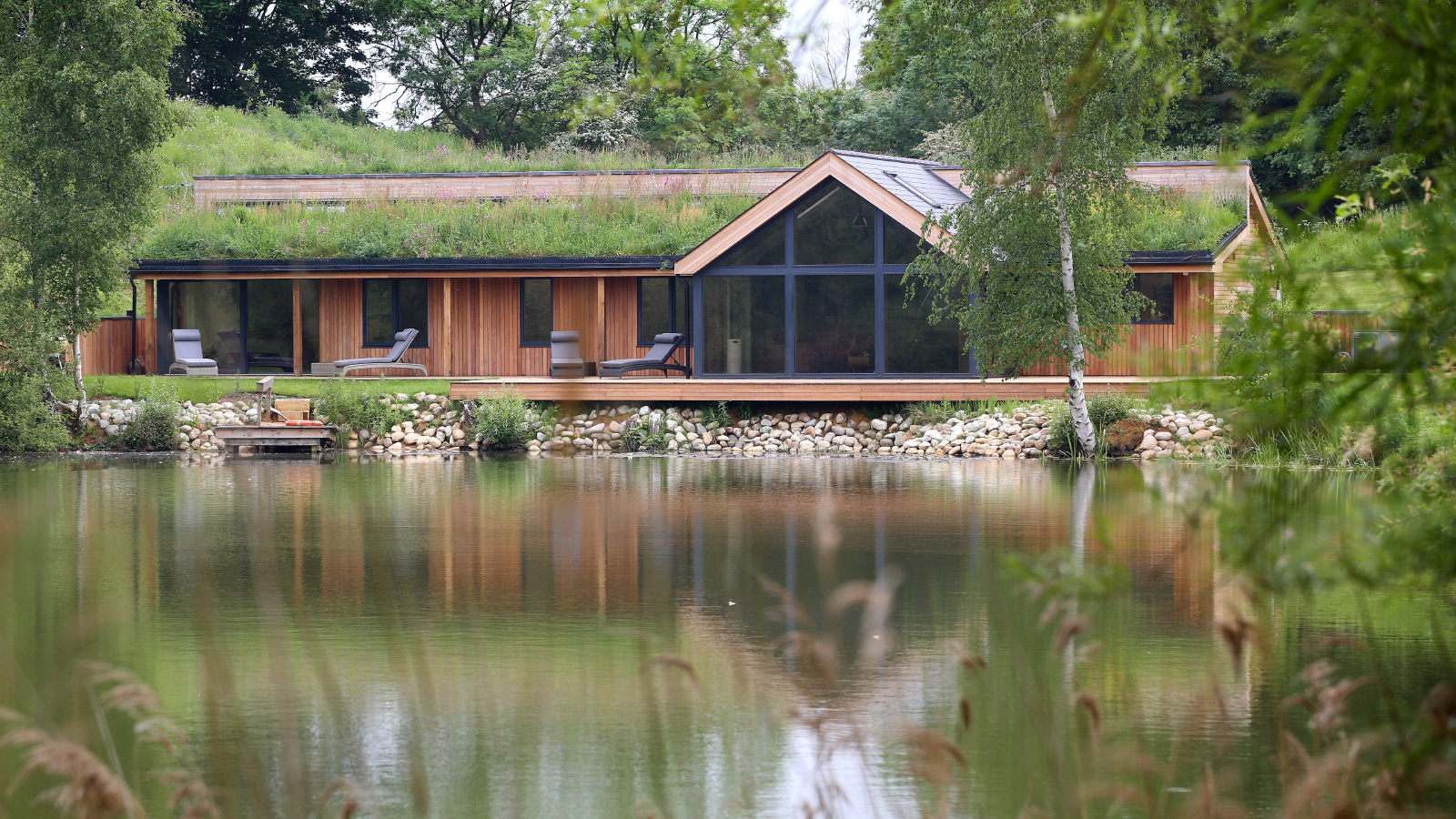How much does underpinning cost? A quantity surveyor explains
Our expert explains everything you should budget for when it comes to underpinning your home, including types of foundation and associated costs like trenching too
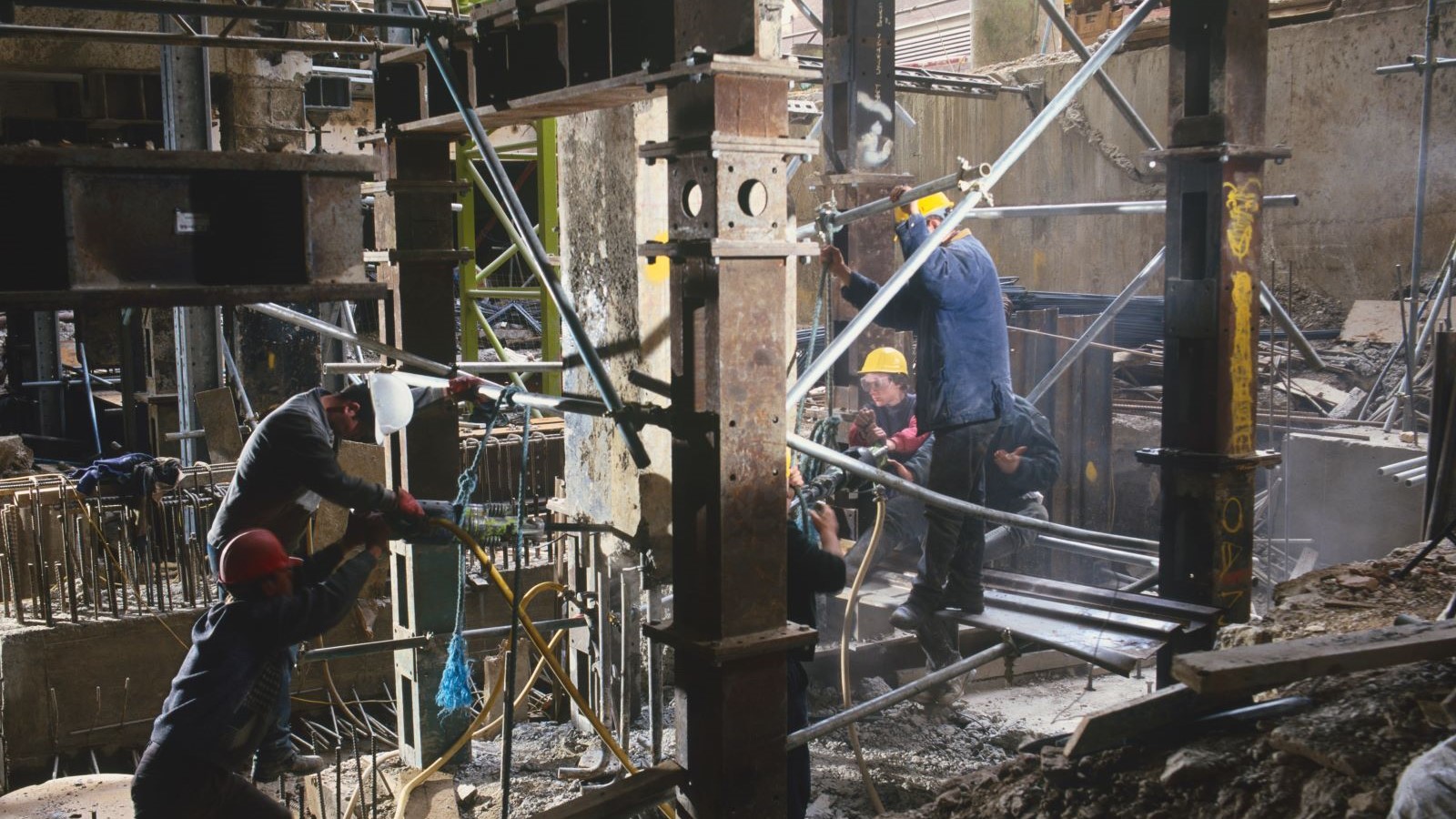
Underpinning costs are often assumed to be vast, with the task of underpinning your home requiring reinforcing or strengthening its foundation.
This is typically due to the property shifting or settling over a period of time, causing structural problems such as subsidence, cracked walls or uneven floors. Older homes are more likely to have these issues, especially in the UK where a large number of buildings were constructed without contemporary foundations that can account for shifting soil conditions or ground movement. Other causes of a building's original foundation no longer being stable include deteriorating soil conditions, excavation activity nearby, or general wear and tear.
Knowing when underpinning is necessary is crucial with the end result often improving a home's stability and preventing more damage. But it's also critical to be mindful of the possible costs, since, depending on the amount of work required, this procedure may require a substantial investment.
Which underpinning costs do I need to consider?
For a variety of reasons, underpinning costs can vary greatly from project to project. But to put a figure on it, underpinning normally costs between £1,500 and £3,000/m2.
That means for a typical three-bedroom semi-detached home, underpinning can cost between £10,000 and £30,000, and it might cost up to £50,000 or more for larger or more intricate projects.
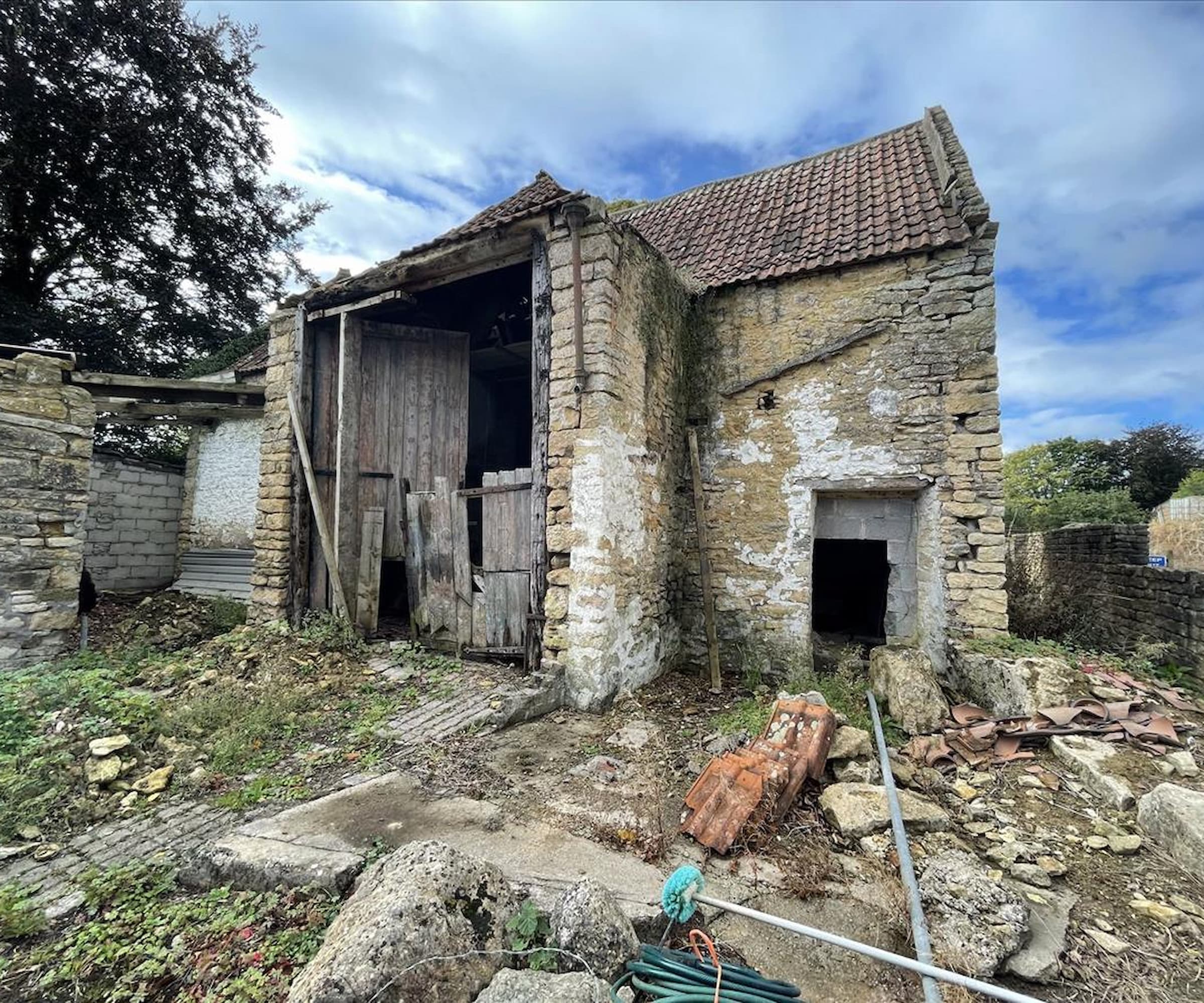
Repairing cracking costs
Depending on the type, size, and severity of the cracks, repairing them might come at a significant cost to a house.
It's critical to distinguish between minimal cosmetic cracks and those that signify structural problems of a more serious nature, including subsidence. A structural engineer is a good starting point where there is uncertainty, although anyone with a decent knowledge of building should also be helpful.
Bring your dream home to life with expert advice, how to guides and design inspiration. Sign up for our newsletter and get two free tickets to a Homebuilding & Renovating Show near you.
In order to identify the underlying cause of cracking and choose the best course of action for repair, homeowners must act quickly to address the issue where subsidence is suspected in order to avoid more expensive repairs in the future.
Mild cracks in the structure
- Price range: £500–£2,000
Cracks wider than 5mm, particularly those that form around door and window frames, or run diagonally, may be signs of structural movement. In order to support the structure, repairs frequently involve removing and replacing portions of render or brickwork, installing wall ties, or introducing helical bars.
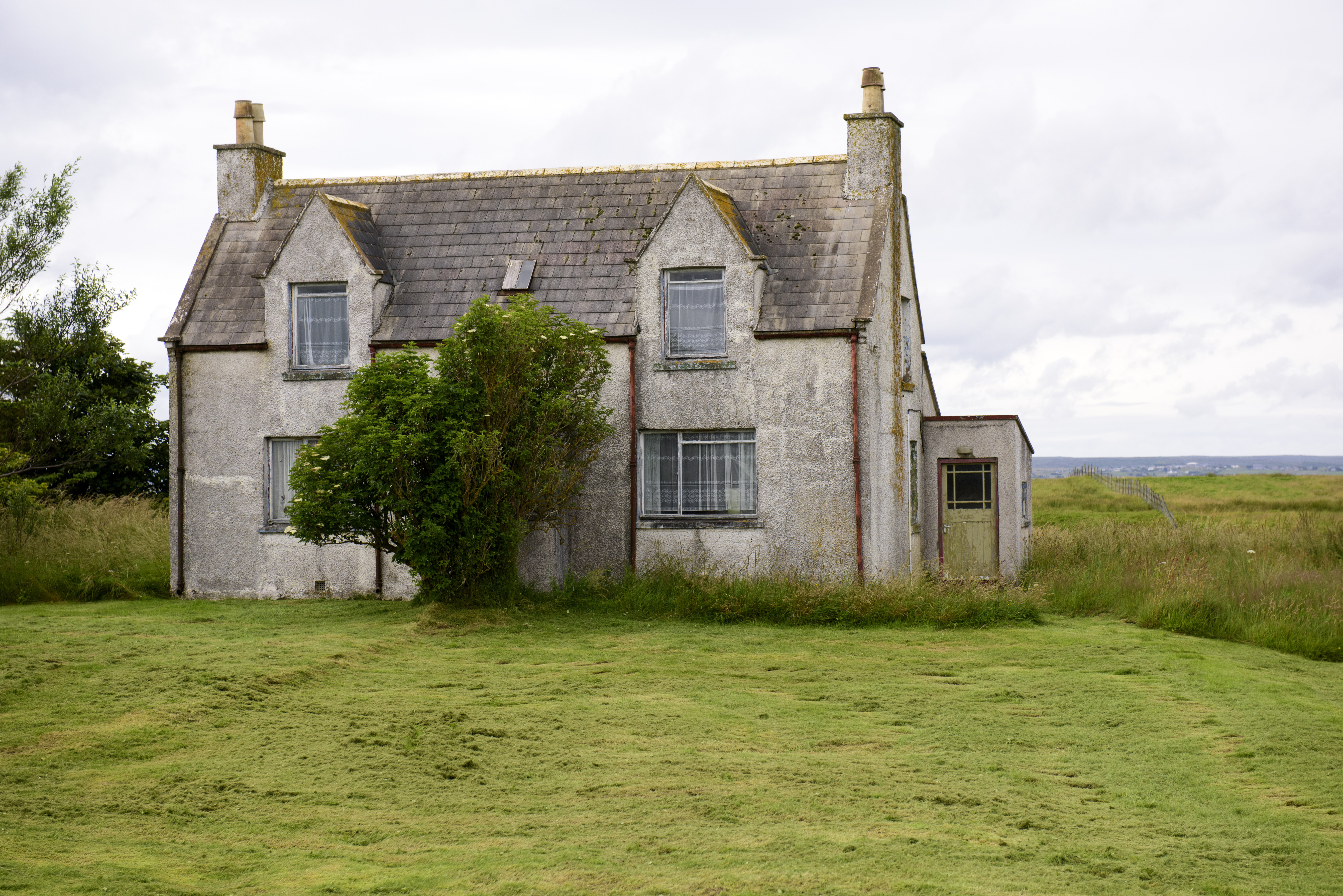
Severe subsidence-related cracks
- Price range: £3,000–£10,000+
Severe cracks are wide fissures that frequently measure more than 15mm in width. They can penetrate the foundation of the building or open and close based on the weather. Usually, these necessitate either wall stitching, underpinning, or even partial reconstruction of the damaged areas.
Major structural damage from subsidence is the worst-case scenario. Severe subsidence-related cracks have the potential to cause significant structural damage.
This frequently appears as large jagged cracks that may penetrate the foundation and measure more than 20 mm in width. There may be indications of uneven settling or tilting on the property.
Signs consist of jamming or malfunctioning windows and doors, uneven flooring, and obvious spaces between walls and ceilings or skirting boards. Extensive structural repairs and underpinning are typically required if serious subsidence is proven. For larger houses, this might potentially surpass £50,000, especially if major work needs to be done on the foundation or several walls.
Lintel and beam costs
A building's structural stability is greatly dependent on its lintels and beams, especially when it comes to supporting walls above openings such as doors and windows.
Lintels and beams are important for underpinning a property, this a list of replacement costs associated with underpinning:
Replacement lintel cost
Material costs range from:
- Concrete lintel: £20 to £80 per metre
- Steel lintel: £50 to £150 per metre
- Timber lintels: £10 - £30 per metre; however, they are not as popular in contemporary building
- Labour costs: Depending on access and complexity, installation normally costs between £200 and £500 per lintel
- Total cost: Depending on size and style, the price for replacing a single lintel might range from £250 to £1,000 or more
The price to install a steel (RSJ) beam
- Steel (RSJ): Depending on the size and required load capacity, the material costs could vary from £100 to £300 per metre
- Labour costs: Depending on whether further structural support or temporary propping is required, installation may cost between £500 and £2,000 per beam
- Total cost: The cost of installing a single beam can vary from £1,000 to £5,000, and the cost rises with complexity of the installation
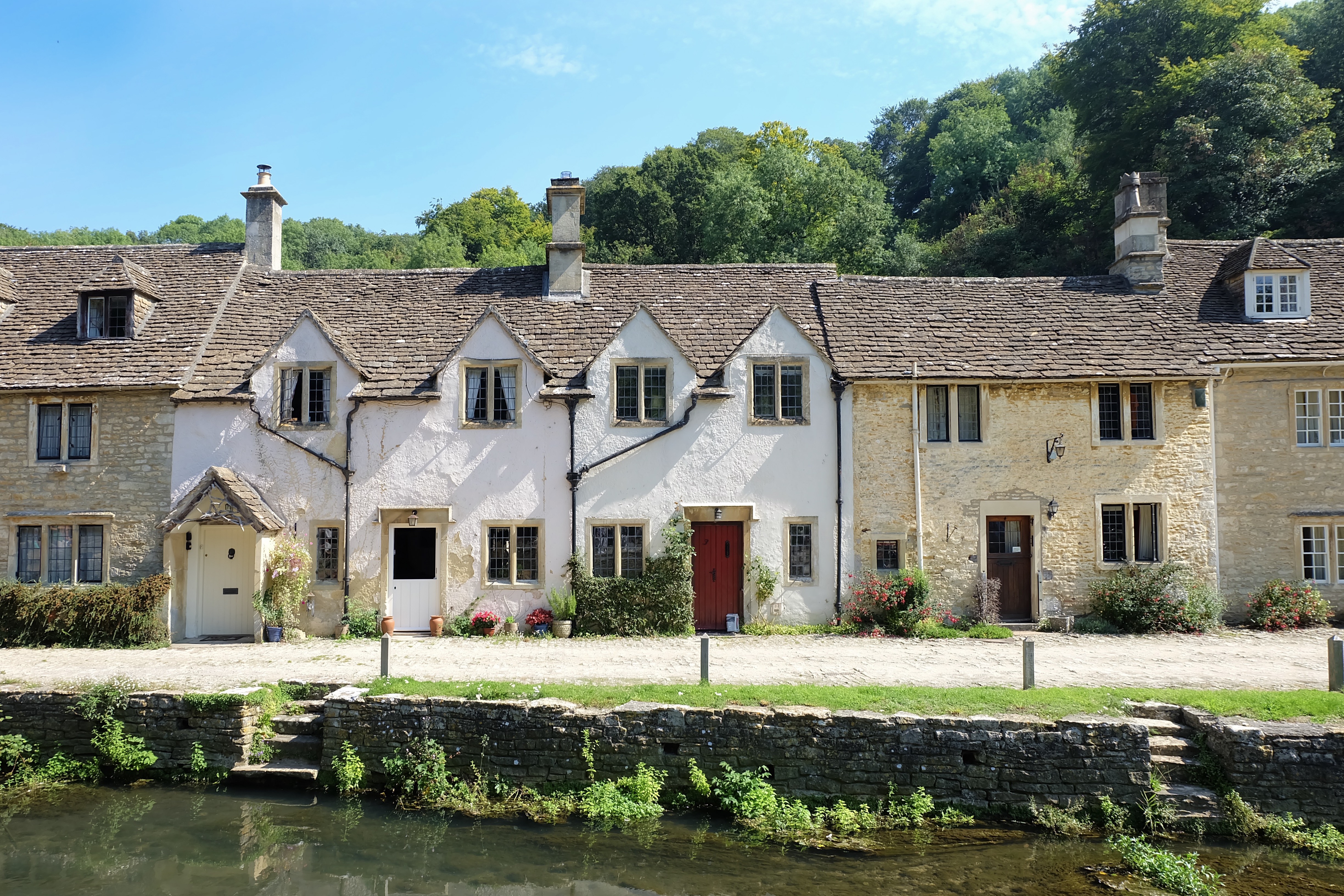
Cavity wall tie replacement costs
Cavity wall ties, which join the inner and outer leaves of the wall in order to maintain structural integrity and avoid bowing or separation, are crucial parts of the construction of cavity walls.
These ties may get damaged due to subsidence or structural movement, in which case they will need to be replaced.
The price of inspecting wall ties
- Fee for inspection: £150 to £500
To ascertain the degree of the damage, an expert will examine the state of the current wall ties using equipment like borescopes and metal detectors.
The price to replace wall ties
- Costs of materials: For a replacement tie, £5-10 per tie
- Labour charges: Installation fees per tie: between £20 and £40, based on access and installation complexity
- Total cost: Depending on the quantity and kind of wall ties required replacing all of the outside wall ties on a typical semi-detached home may cost anywhere from £2,500 to £5,000
The price to remove and replace damaged masonry, in the event that the ties have collapsed and caused significant damage to the outer leaf, also needs consideration. It might be necessary to replace or remove sections of the masonry.
Depending on the degree of damage and the quantity of brickwork that has to be replaced, the cost could range from £500 to £2,000.
First excavation trenching costs
First excavation trenching is the term for the initial excavation needed to reach a property's foundation and surrounding ground in order to prepare it for underpinning. To do this and make room for the underpinning work, a succession of trenches must be dug around the foundation to reveal the footings. It is an essential phase in the underpinning process since it makes the foundation's assessment, strengthening, and repairs possible.
The cost of basic trenching ranges from £75 to £150 per linear metre, depending on the required depth and width. The first excavation trenching for a semi-detached house for instance could cost anywhere between £1,000 and £3,750.
Temporary support and shoring, specifically in deep first excavations, will help prevent trench collapse. Depending on its length and depth, a trench may cost between £200 and £1,000.
Excavated soil and debris removal from the trench, may result in increased costs. Budget for £20 to £50 per tonne, with larger projects having the capacity to produce substantial amounts of material.
Second excavation trenching costs
After the initial (or first) set of trenches has been completed and reinforced, the practice of excavating new trenches gradually is referred to as 'second excavation trenching.'
Underpinning is typically done in a series of carefully monitored phases to keep the structure above stable. In order to make sure the structure is supported, the areas of the foundation that were not disturbed during the initial excavation are excavated during the second stage of trenching, which is done to continue the underpinning process.
Second excavation trenching typically costs between £100 and £200 per linear metre; however, this is more complicated than the first excavation. Depending on the size of the task and the site's characteristics, second trenching costs for a typical semi-detached home might be anywhere from £1,000 and £5,000.
To prevent disturbing the recently underpinned parts, the second trenching must be timed to coincide with the completion of the first phase. This calls for detailed preparation, which raises the cost of labour.
If difficult ground conditions were found during the first trenching, these will also need to be addressed during the second trenching, which could raise costs because more labour and/or plant will be required.
It may be necessary for structural engineers or surveyors to evaluate the stability of the building in between first and second excavation. Depending on the amount and type of monitoring required the cost may range from £200 to £1,000.
Cost of work to foundation
Repairing, reinforcing, or rebuilding a building's current foundation is done to address structural problems i.e., movement, subsidence, or insufficient support. It can involve a variety of tasks, including building new footings, repairing foundation cracks, and underpinning. In order to protect the building's structural integrity, stop additional damage, and preserve the property's value, this work is essential.
Depending on the size and nature of the building, the state of the soil, and the complexity of the repairs, costs can vary significantly. In order to control these costs and guarantee the property's long-term stability and safety, careful assessment and planning are important.
Underpinning
A building's foundation can be strengthened and stabilised by using the underpinning method of construction. In order to support the structure above, it involves deepening the foundation or raising its bearing capacity.
This is frequently required when the original foundations of a building are unstable or insufficiently strong, either because of shifting soil characteristics, subsidence, or an increase in weight from structural alterations like extensions. There are four main methods of underpinning.
Traditional mass concrete underpinning
This method is used to develop a new, deeper foundation. This requires gradually excavating and filling in the foundation's missing sections with concrete. An average of £1,000 to £1,500 is good for budgeting purposes.
It is ideal for homes with shallow foundations where a significant reduction in depth is not required. Costs can rise as a result of deeper excavations, which require more manpower and materials. Restrictions on access may call for additional manual labour too, which again would increase costs.
Base and beam foundation
Underneath the current foundation, a series of concrete bases, or pads, support the installation of concrete beams. This evenly distributes the weight across the foundation.
In terms of costs, £1,500 to £2,500 per linear metre is a typical price range. It is appropriate for structures requiring a wider foundation or those with an unequal weight distribution. The cost of larger, or more highly reinforced beams, is directly correlated with their size. Higher bases result in higher excavation and concrete costs.
Mini-pile underpinning
Concrete beams or pile caps are used to link steel-cased piles to the existing foundation once they have been driven into the ground to a stable layer (such as rock or stable soil).
A typical cost of £3,000 – £5,000 per pile should be used in your cost plan. It’s a great solution for homes with extremely deep foundations, unsuitable soil types, or substantial load demands.
Deeper piles cost more money because they require more labour and materials. Since more piles require more labour and materials, the cost of construction will increase. Complicated soil types, such as clay or waterlogged earth, will call for extra steps, which will then raise costs.
Underpinning resin injection
In order to fill in cavities and stabilise the soil beneath the foundation, a high-strength resin is injected, which supports and raises the construction. The pricing range for a linear meter is circa £800 – £2,000. It is mostly used for stabilising small areas or addressing minor settlement issues. A greater settlement involves a larger amount of resin, which raises costs. Injections that are deeper or more widely distributed are more expensive.
FAQs
What kind of tradesperson do you need for underpinning?
Hiring experts with foundation repair and structural work experience and qualifications is crucial for underpinning projects. Check if your underpinning contractor is a member of the Association of Specialist Underpinning Contractors (ASUC).
The following categories of professionals and tradesmen are who you should consider:
Structural engineer – Seeking advice from a structural engineer is essential and one of the most important decisions to make prior to initiating any underpinning work. The scope of the problem will be analysed, the best underpinning strategy will be determined, and a thorough plan will be provided. They will guarantee that the underpinning is completed in compliance with engineering regulations and standards, thereby preventing future problems.
Specialist underpinning contractors – These contractors are underpinning and foundation repair experts. They are equipped and knowledgeable enough to handle intricate underpinning jobs. They will also have the plant necessary to carry out this specialist work. Their familiarity with various underpinning techniques (such as mass concrete, beam and base, or mini-piling) guarantees prompt and successful completion of the project with the added satisfaction that the work has been carried out by experts with long term guarantees too.
Building contractor – A building contractor can arrange for the underpinning to be coordinated with other construction tasks, if, for example, it is an element of a bigger renovation project. They should still hire a foundation specialist to handle the underpinning work, but they can oversee the entire project, making sure that every step – including the underpinning – is finished correctly.
Quantity surveyor – Although not actively engaged in the actual project, a quantity surveyor can assist with cost estimation and budget management, ensuring that no work is overlooked and that all costs are covered for the underpinning works. They can keep a track of the ‘underpinning’ account and make sure it stays on track, particularly in the case of major projects with substantial underpinning.
Before starting any underpinning work, it is essential to verify the qualifications, experience, and references of any worker or company you are considering to carry out your underpinning works. Other factors to take into account are having the right insurance and warranties, do they offer guarantees and are they aware of the building regulations associated with the work.
How do I get the best price for underpinning?
In order to obtain the best possible price for an underpinning job, you have to concentrate on careful planning, smart thinking, and skilful negotiating.
Get at least four detailed quotations from reliable, experienced underpinning contractors. Evaluating these quotations enables you to recognise reasonable rates and steer clear of contractors who might be charging too much. Make sure a breakdown of labour, materials, and additional costs (which may occur) are included in every quote.
Negotiate contractual conditions like payment plans, possible discounts, or extra services that are covered by the quotation. Make all terms clear up front, including any potential additional costs and VAT. Having a comprehensive understanding of all the contractual terms helps avoid unforeseen costs and guarantees that you're receiving fair value. Ask for a fixed-price contract that includes all potential extras and covers the entire project. This can prevent cost overruns from unforeseen issues and make sure the price that was agreed upon is what you actually pay.
How can I save money when underpinning?
Although underpinning projects might be expensive, there are ways to control costs without sacrificing quality or safety. By taking the following steps, homeowners can make the underpinning process more affordable while still ensuring the structural safety of their property.
As I mentioned earlier, consult with a structural engineer to figure out the most suitable and economical underpinning technique for your circumstances. The costs of the various techniques (mass concrete, beam and base, mini-piling) differ greatly. Making the best decision for the requirements of your property will help you avoid needless costs. A Quantity Surveyor can assist by pricing up the Structural Engineer's design, negotiating on your behalf with underpinning contractors, and steer clear of overspending. They can also guarantee you're getting a fair price for the job.
Find out if underpinning or subsidence is covered by your home insurance policy. Your project costs may be greatly decreased if your policy covers the work. Additionally, see if you qualify for any grants or other forms of financial support due to your property being affected by river bank erosion or road construction.
If you are unsure whether your home needs underpinning or not, as a starting investigation point, it's worth reading whether your cracks in ceilings are something to worry about or not.
Tim Phillips is an experienced senior quantity surveyor and estimator and has worked in the construction industry for over 35 years. He has worked on many varied projects in this time, for corporates, public bodies and private residential clients, managing multi-million budgets.
For the past 13 years, Tim has worked on a freelance basis, whilst managing his rental property portfolio. He has extensive experience of undertaking his own full-scale house renovations. He is also a speaker and expert at the Homebuilding & Renovating Shows.

